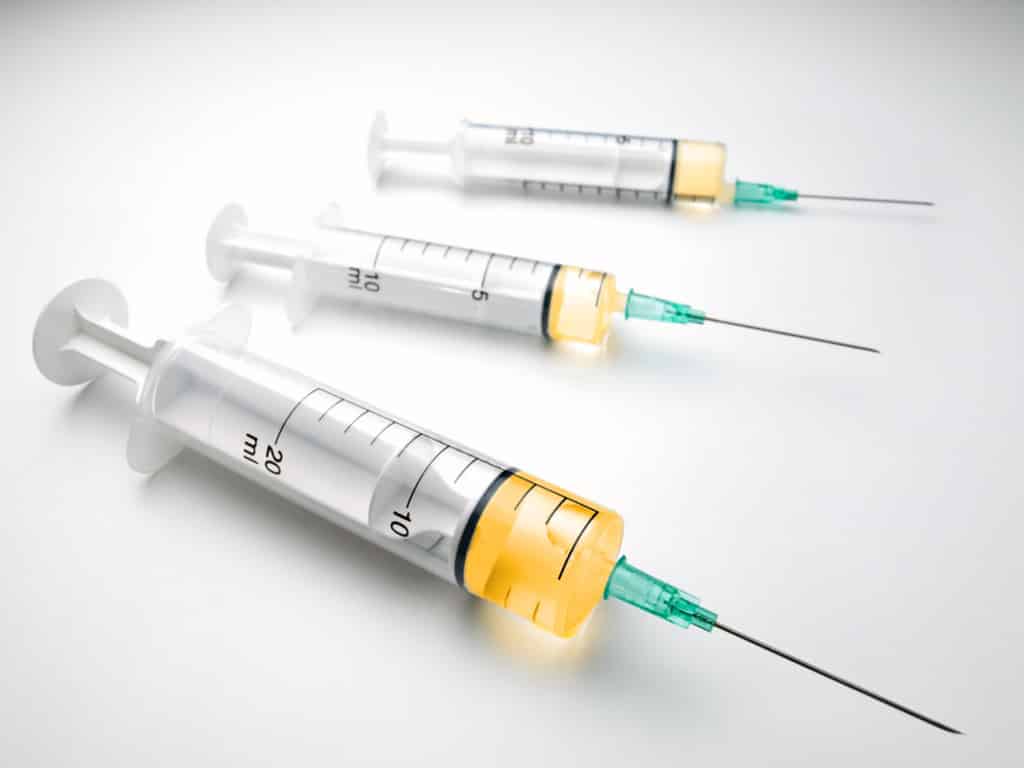Reformed Cancer Vaccine Raises Biomaterial-Strategy’s Clinical Potential
One of the reasons cancer is so deadly is that it can evade attack from the body’s immune system, which allows tumors to flourish and spread. Scientists can try to induce the immune system, known as immunotherapy, to go into attack mode to fight cancer and to build long lasting immune resistance to cancer cells
Now, researchers at the Harvard’s Wyss Institute for Biologically Inspired Engineering, the Harvard John A. Paulson School of Engineering and Applied Sciences (SEAS), and the Dana-Farber Cancer Institute have designed an implantable, biodegradable cancer vaccine that leverages immunotherapeutic methods and could one day help overcome melanoma, other cancers, infectious diseases, auto-immune diseases, as well as vaccinate against specific peptides, proteins, or antigens.
The work builds on a previous study that involved programmable biomaterial made from tiny mesoporous silica rods (MSRs) that can be injected under the skin, where they spontaneously assemble into a 3-D scaffold that attracts and stimulates DCs.
The team has currently coated the MSRs with polyethyleneimine (PEI), a polymer used previously to deliver DNA and proteins to cells. PEI has been surmised to have immune-stimulatory effects.

“This allowed us to achieve two things: It enabled ready absorption of multiple peptides regardless of their inherent properties without the need to further modify them; and by being taken up by DCs together with the peptides, PEI enhanced the stimulation of DCs and the ensuing tumor-directed cytotoxic T cell responses in our mouse models,” said first-author Aileen Li, who performed her graduate work with Mooney and now is a postdoctoral fellow at the University of California, San Francisco.
The team first designed a vaccine that presented a model peptide of the well-known E7 oncoprotein from human papilloma virus (HPV), which causes cervical and other cancers.
Impressively, a single injection of the vaccine led to rapid and complete eradication of HPV tumors in mice, with 80 percent of the animals living longer than 150 days. In comparison, most untreated animals succumbed to the cancer by 30 days, and a control vaccine lacking PEI and a traditionally formulated vaccine had effects only about half as strong. Even six months after the injection, the animals vaccinated with the PEI formulation could still destroy tumor cells, showing that they had formed a robust immunological memory of the tumors.
“We introduced up to five neoantigens that had been recently identified in mouse melanoma and colorectal tumors into our biomaterial scaffold, and found that a single injection of the vaccines cleared tumor metastases and provided strong immune responses against the tumors that were comparable to multiple injections with existing vaccines,” said Li.
When combined with immune checkpoint therapy, which can broadly invigorate killer T cell activity against tumors, the effects of both the vaccine and the checkpoint therapy were boosted.
In addition to the PEI coating, the vaccines also contained factors that help them attract DCs and boost immune functions. These advances were also found to be translated to mouse models with more relevant tumors that the researchers investigated thereby raising the technique clinical value.























